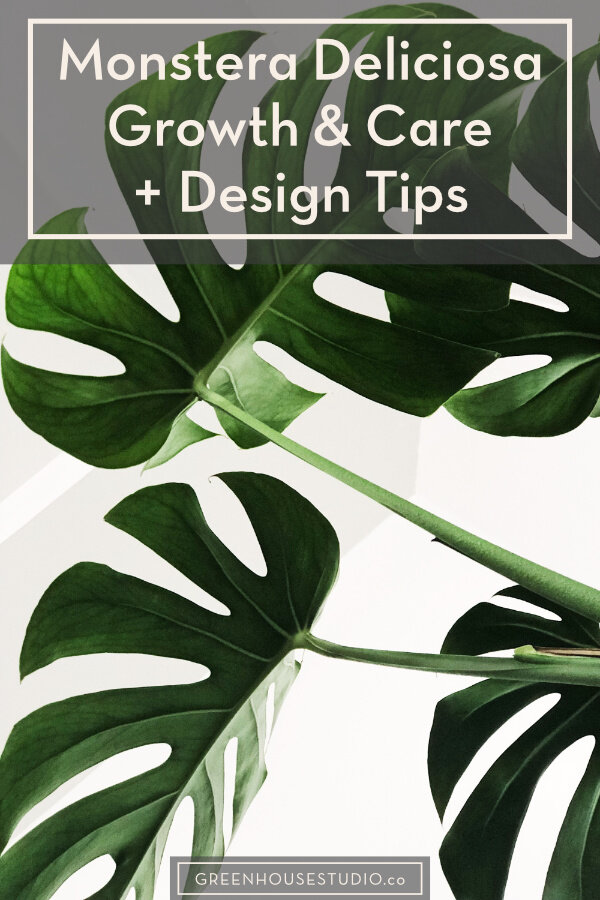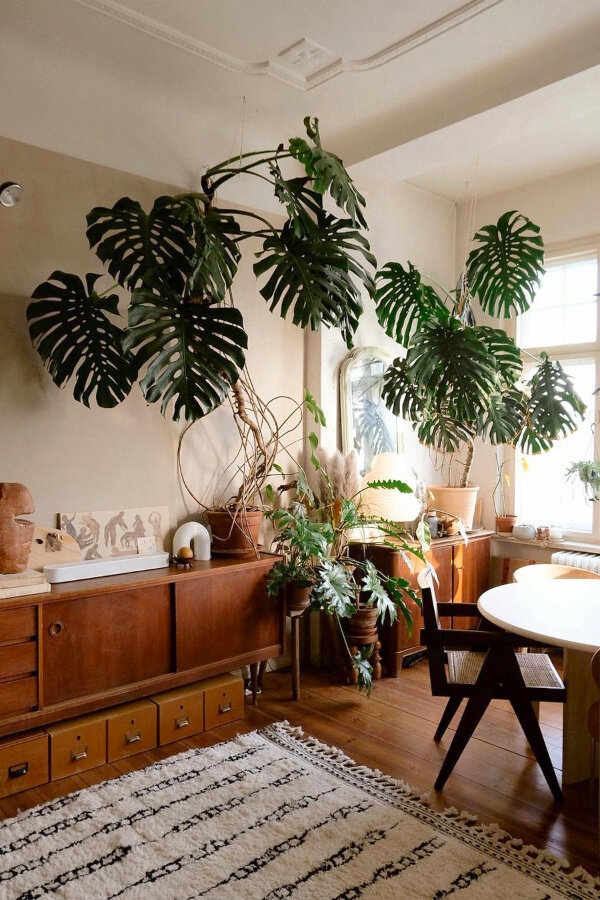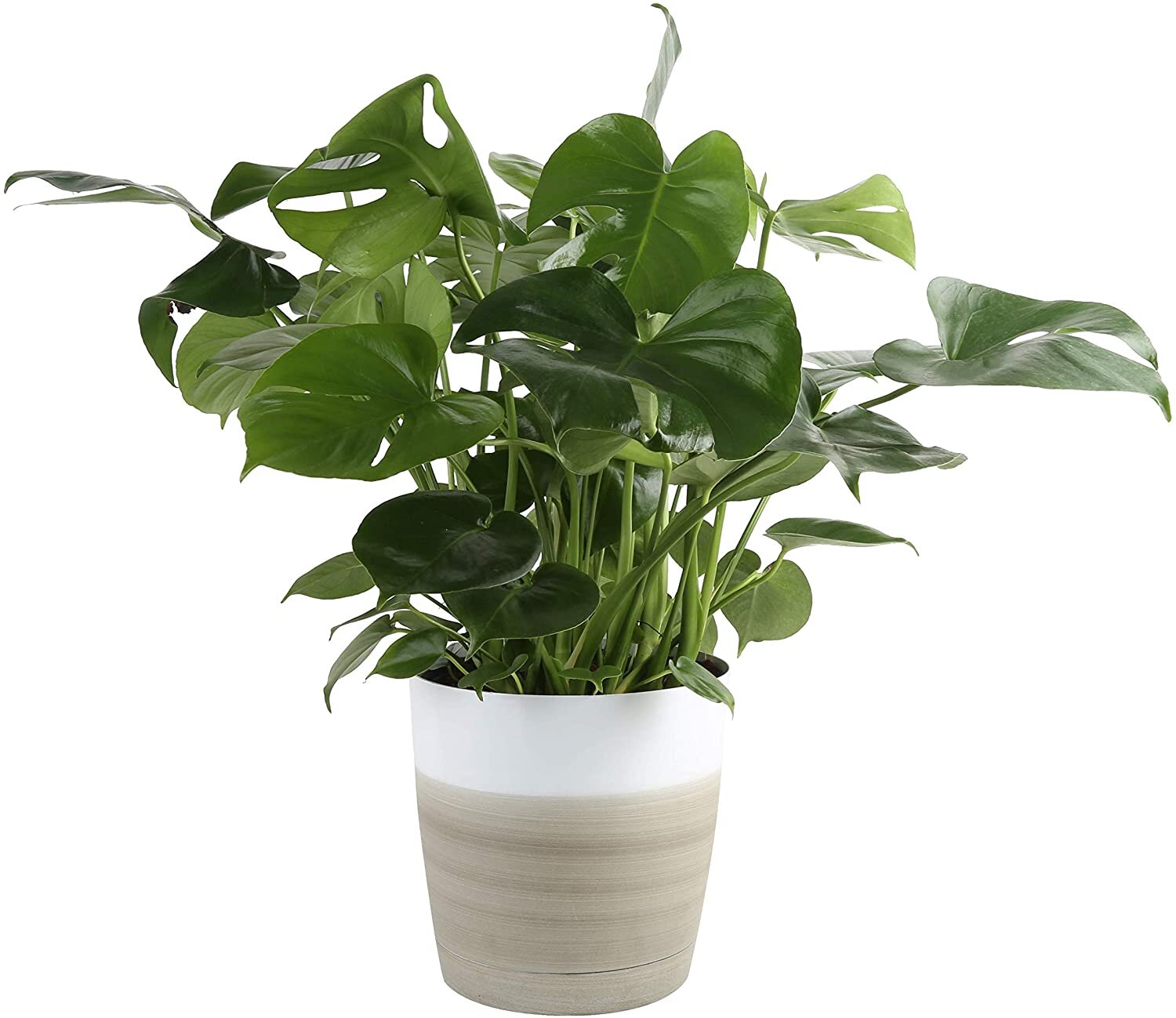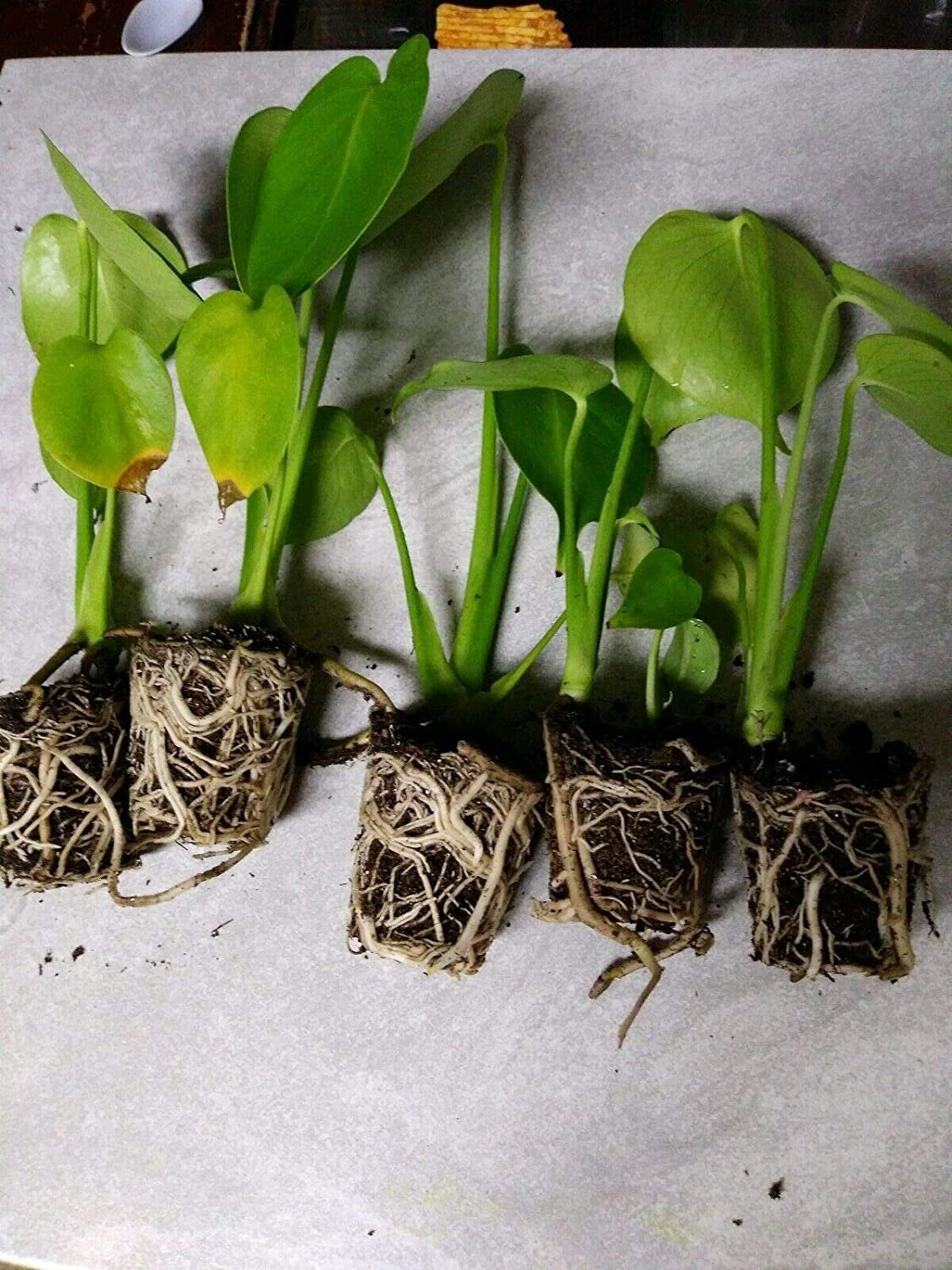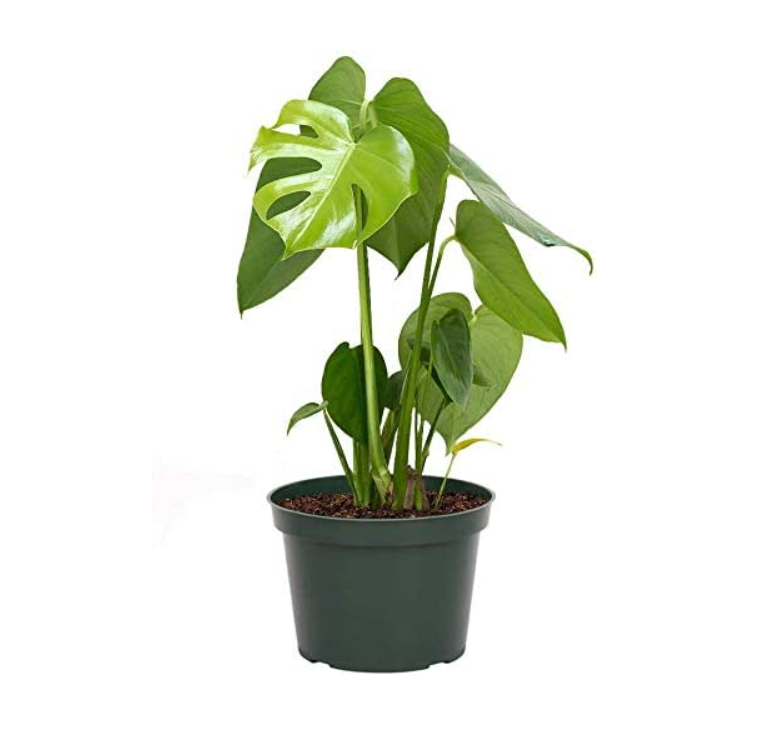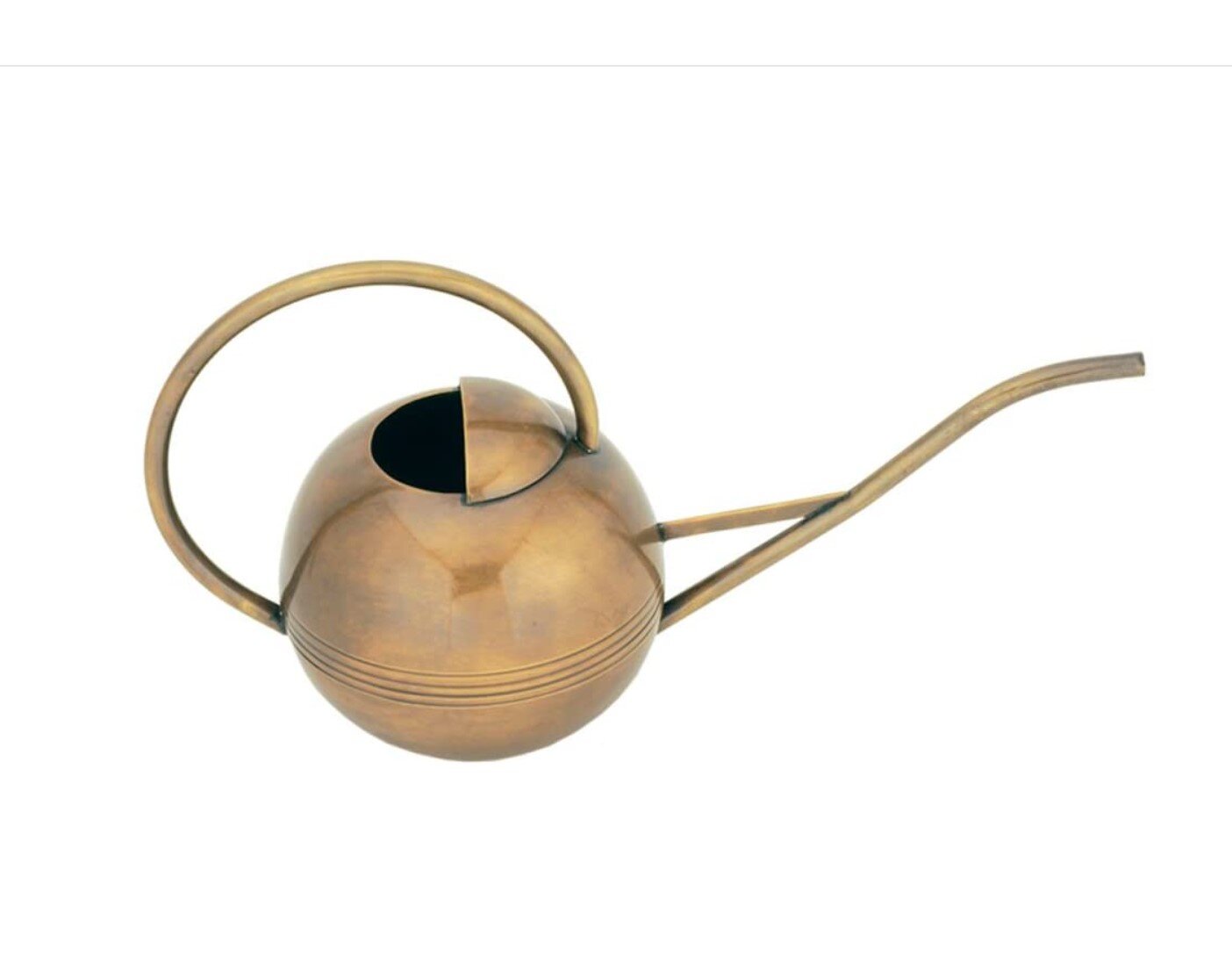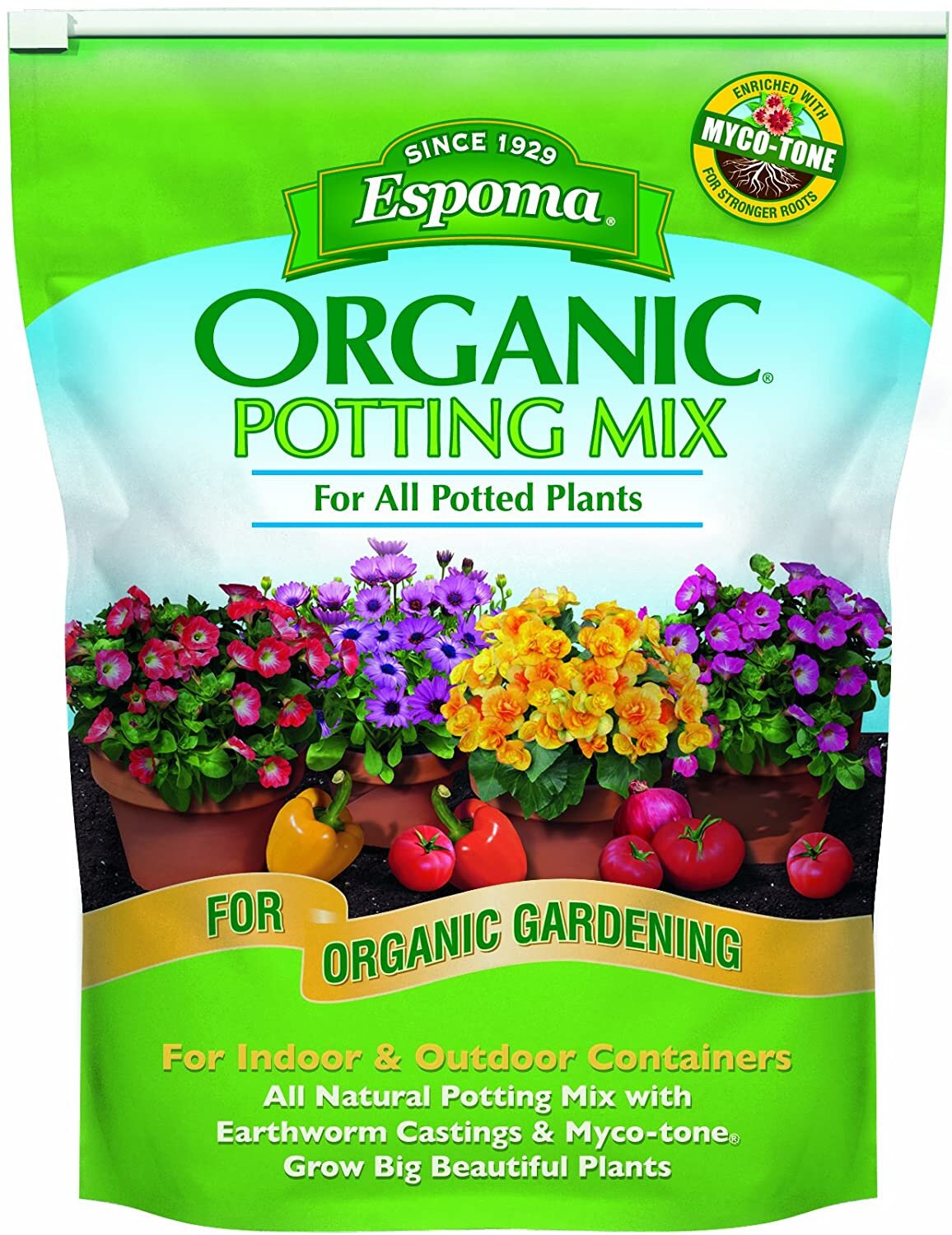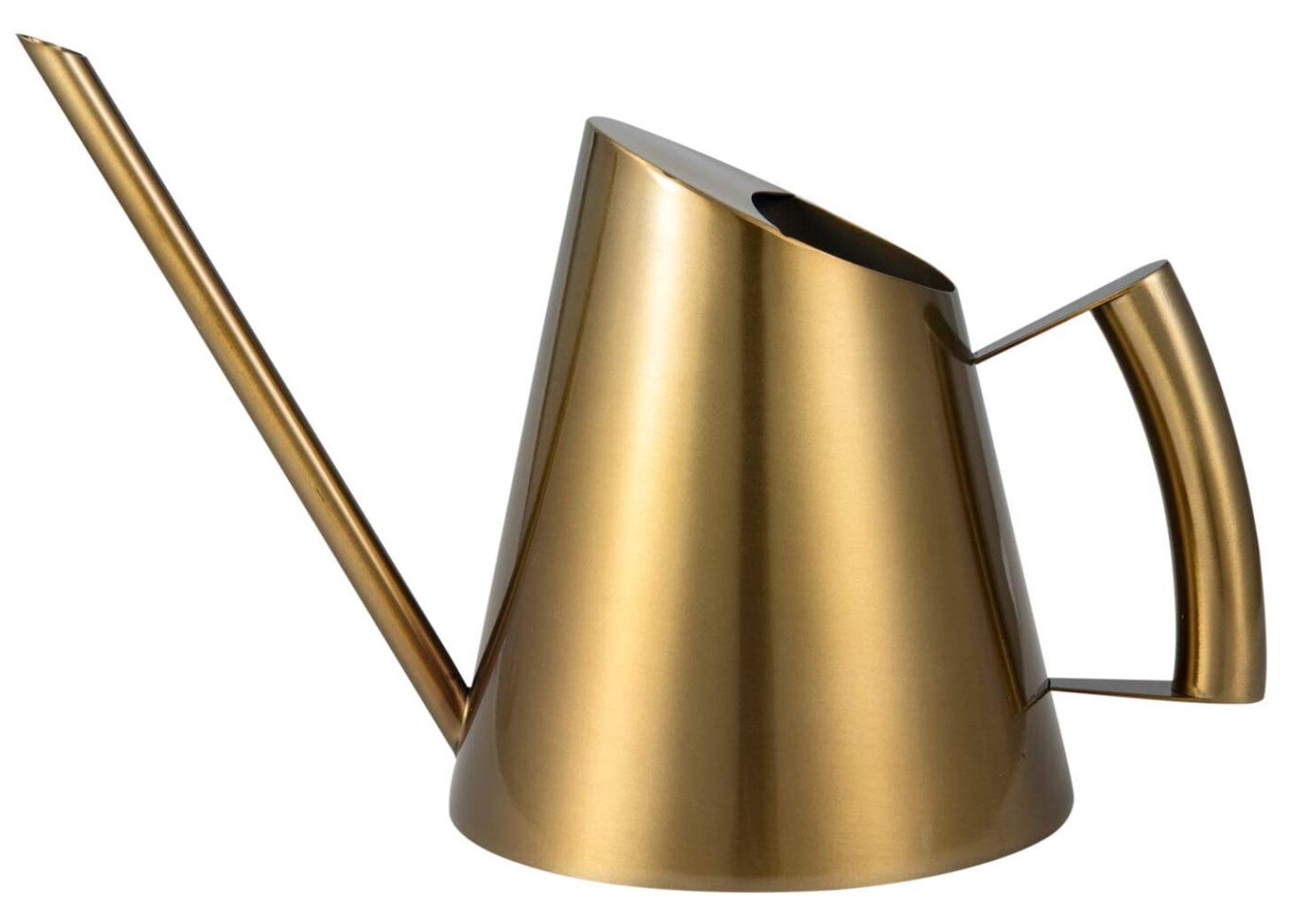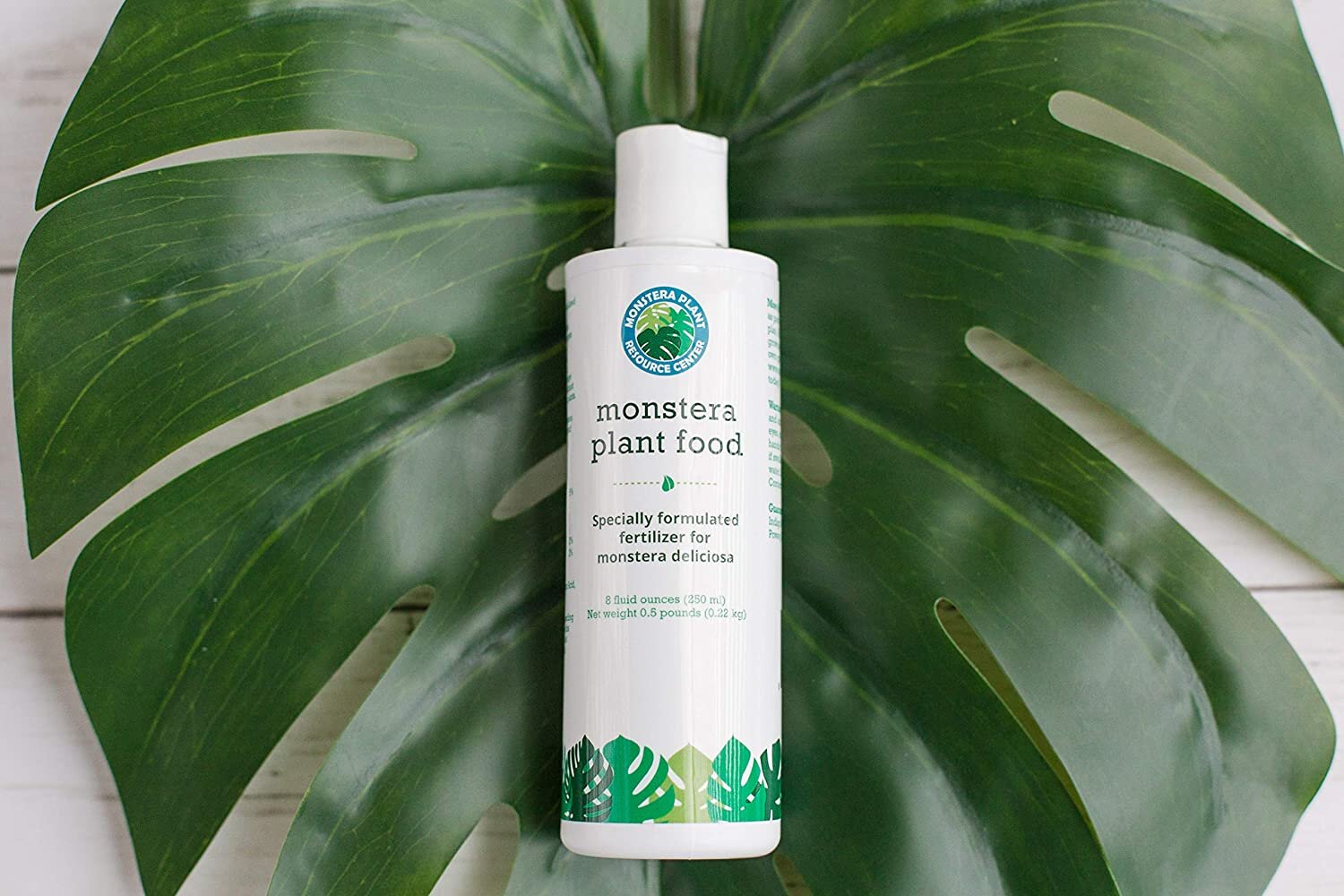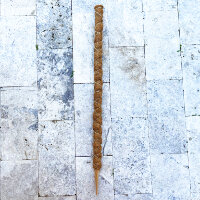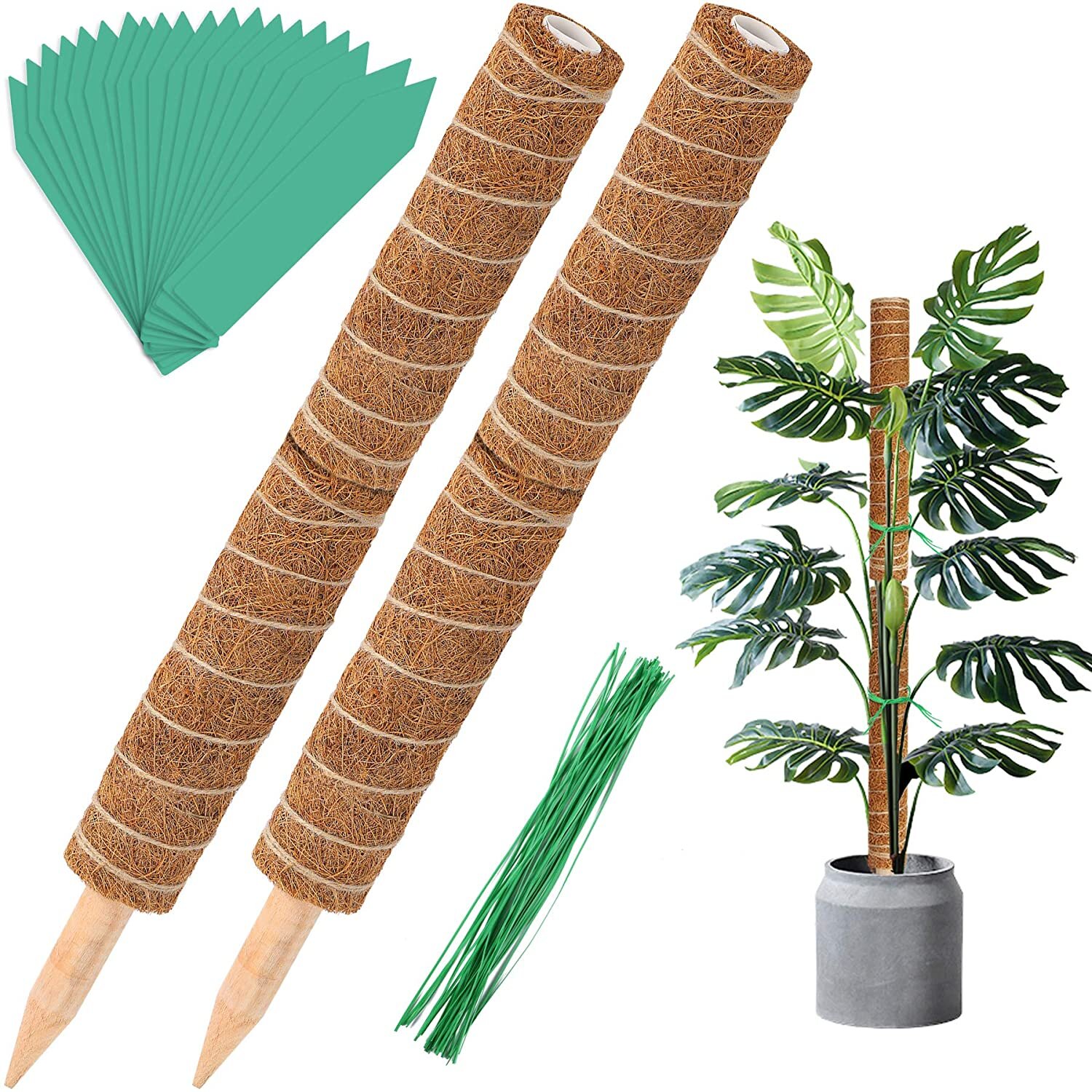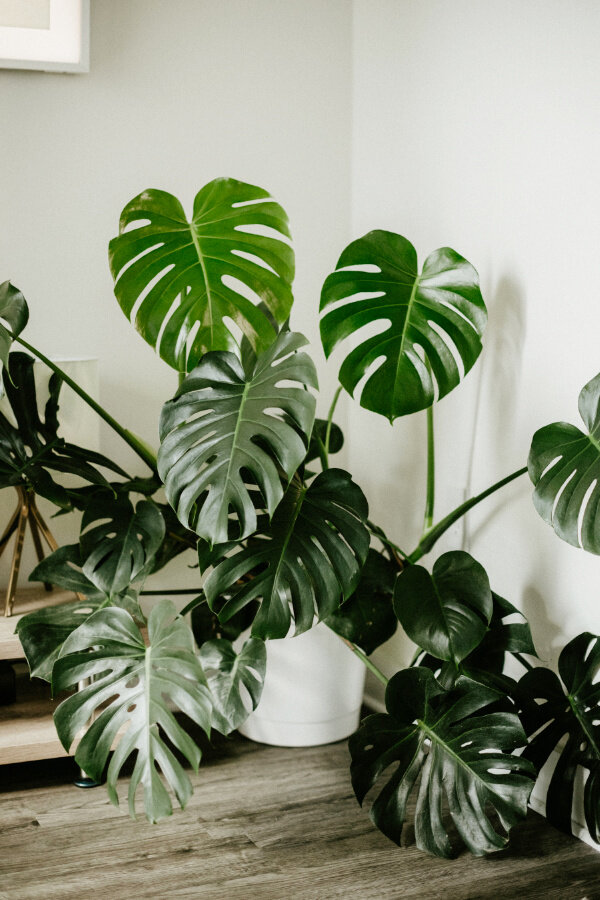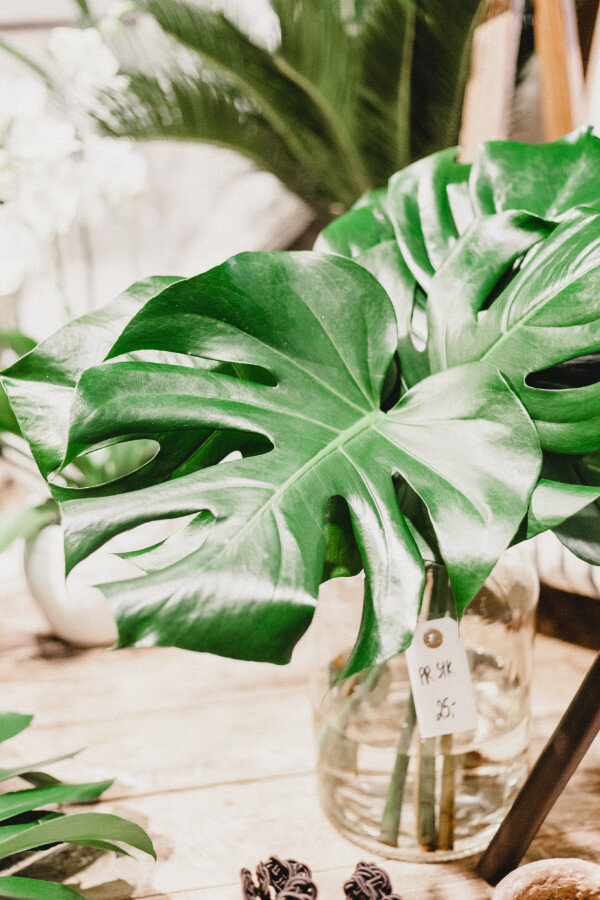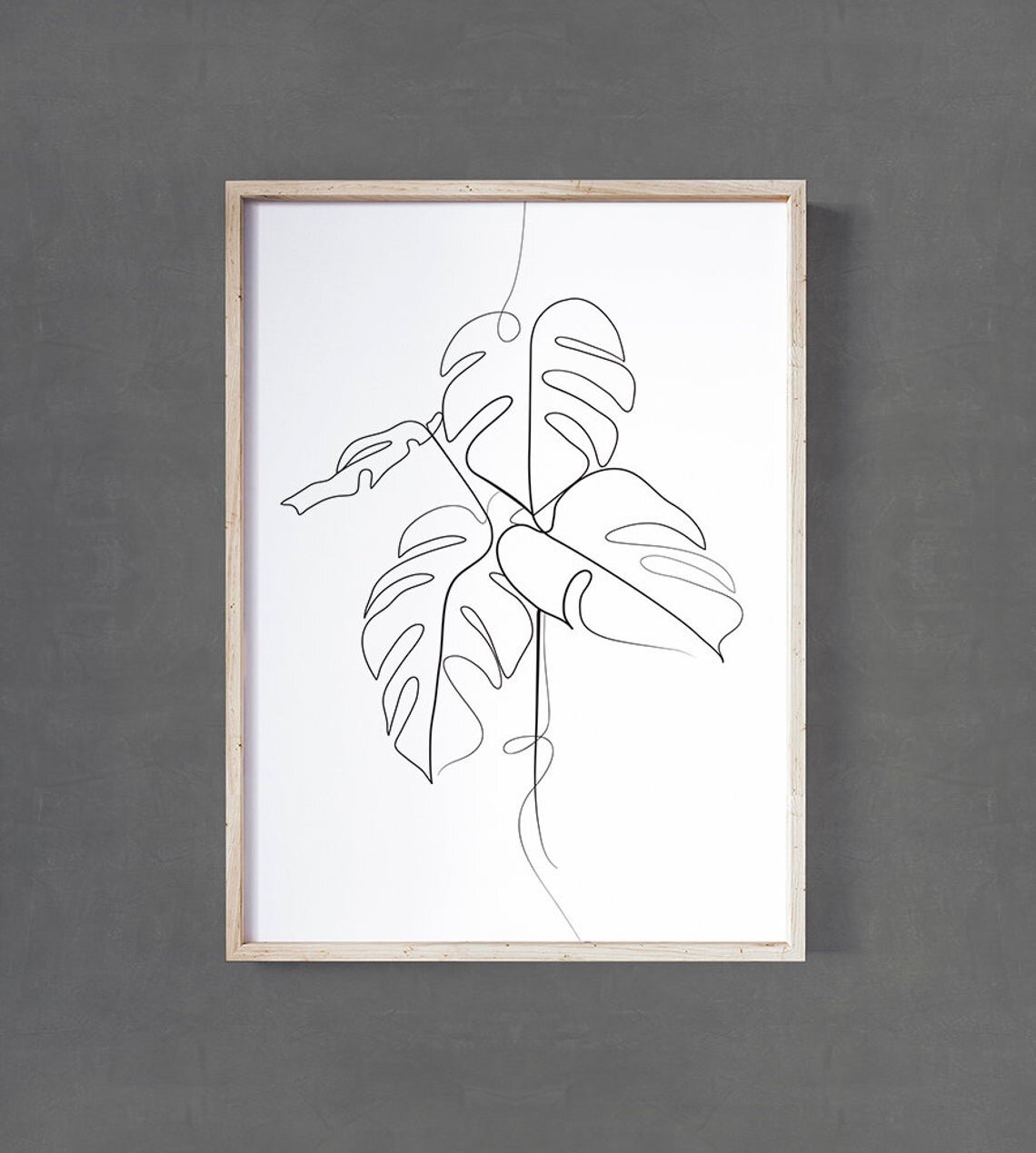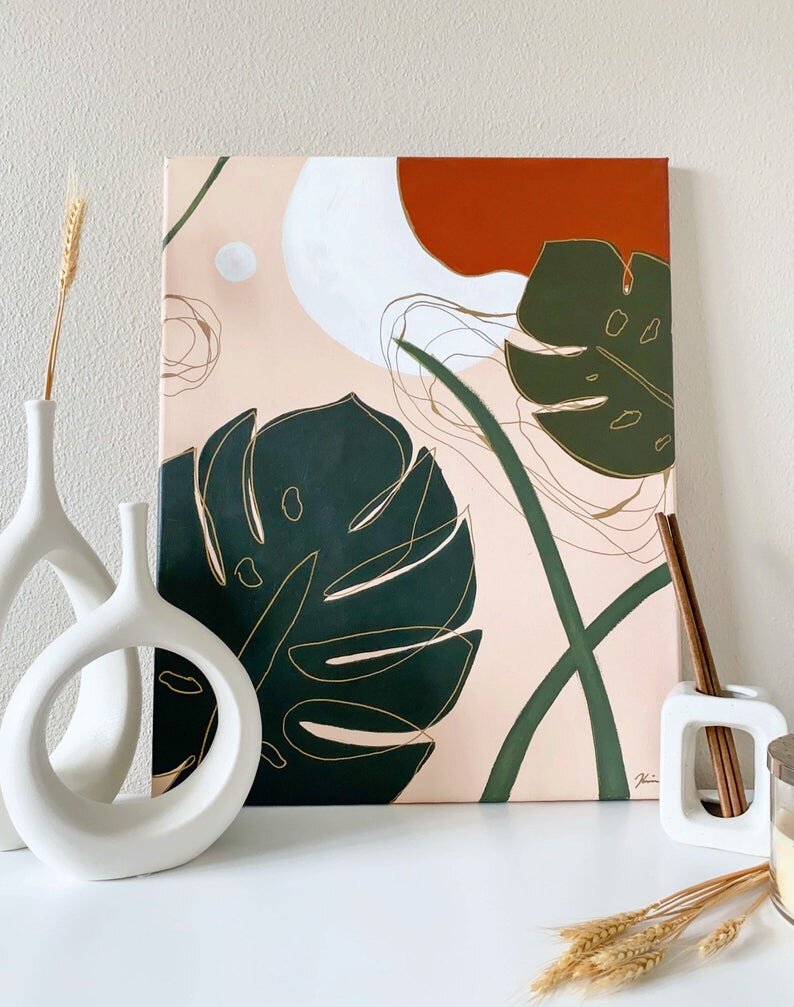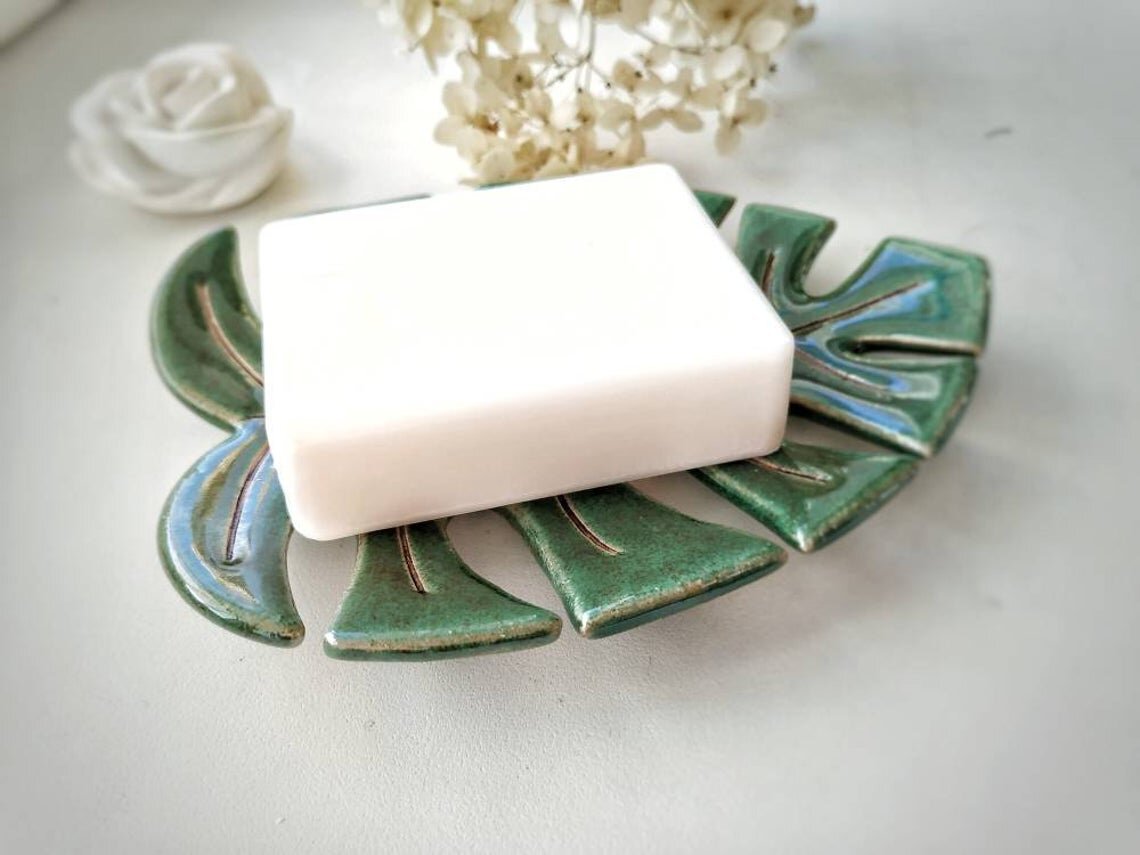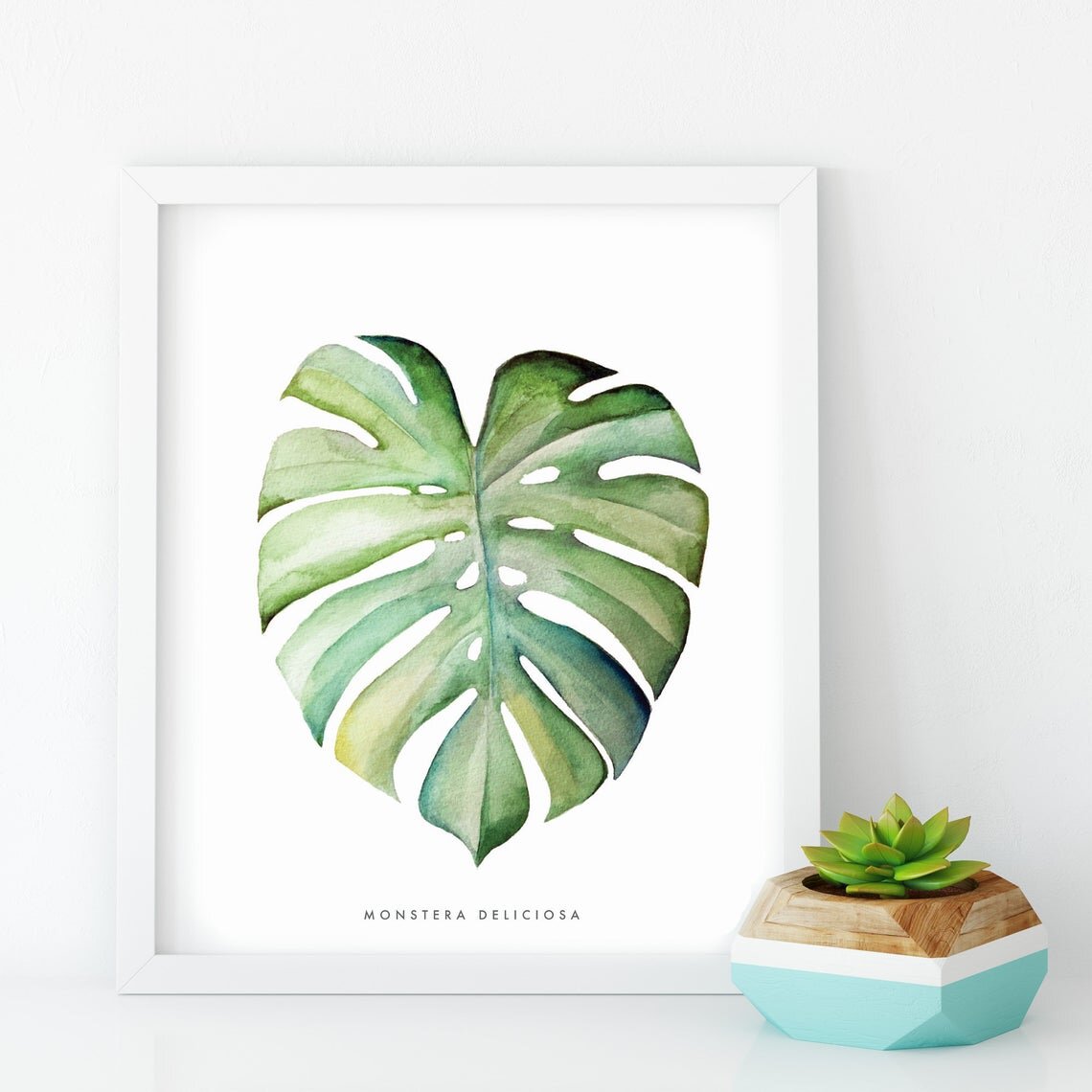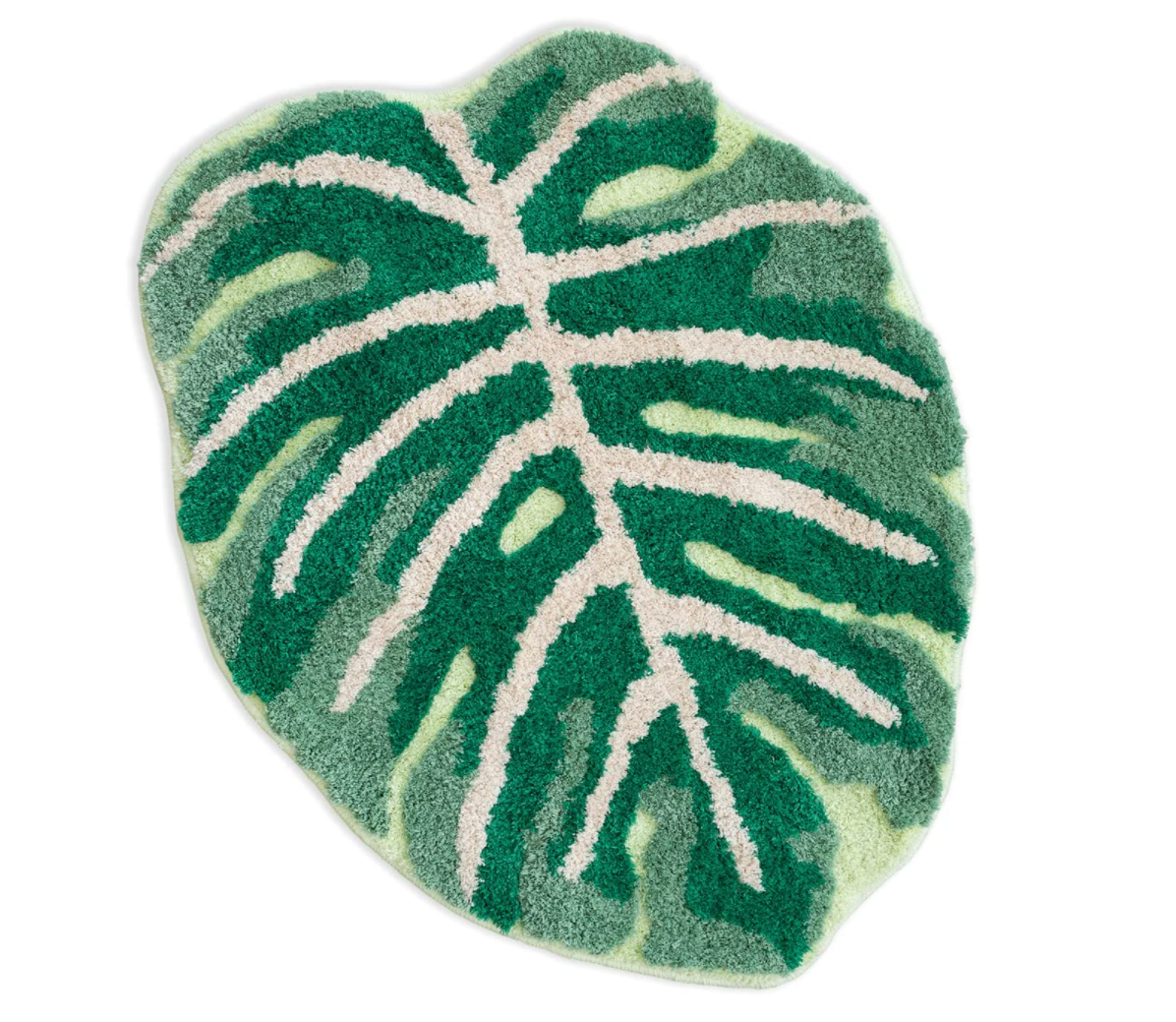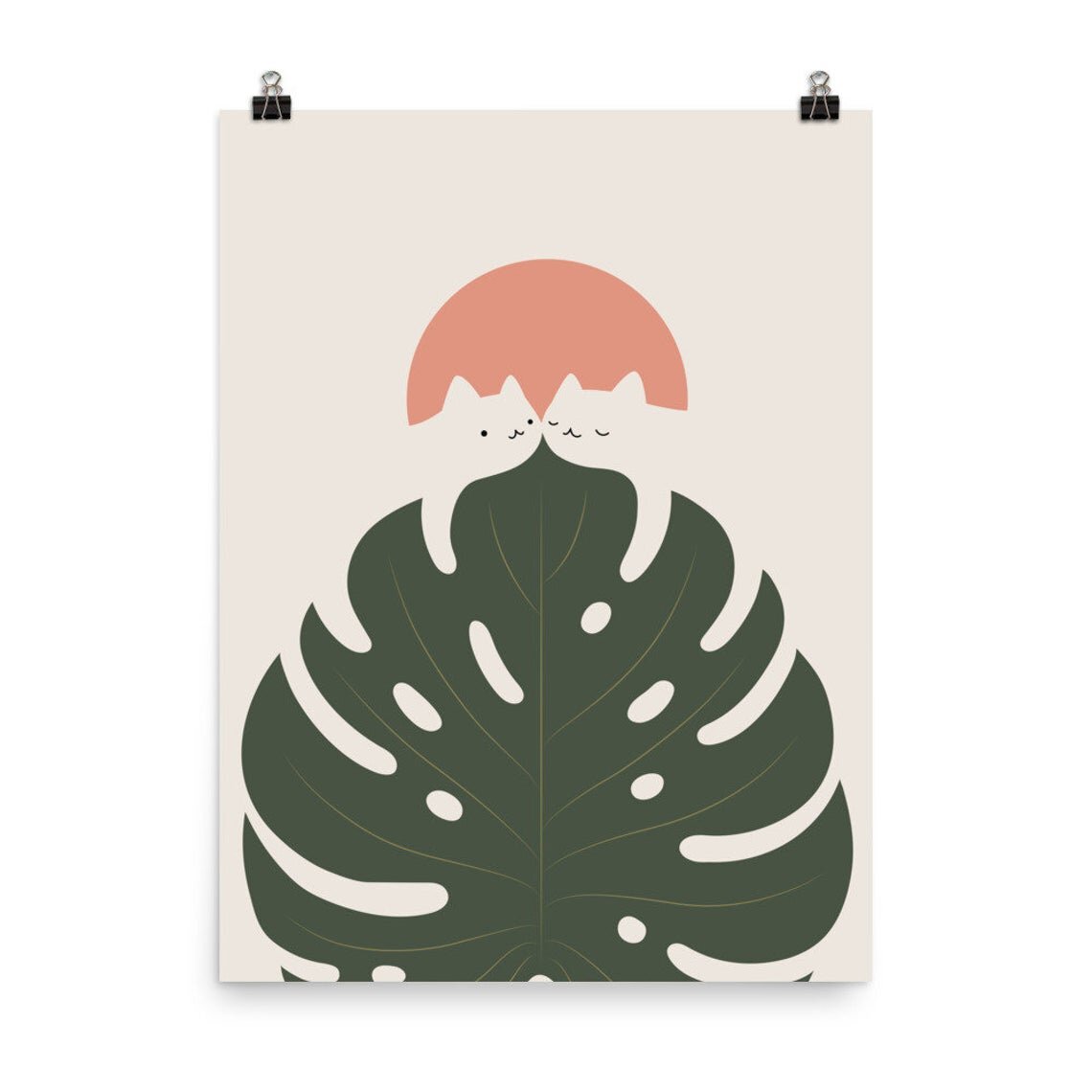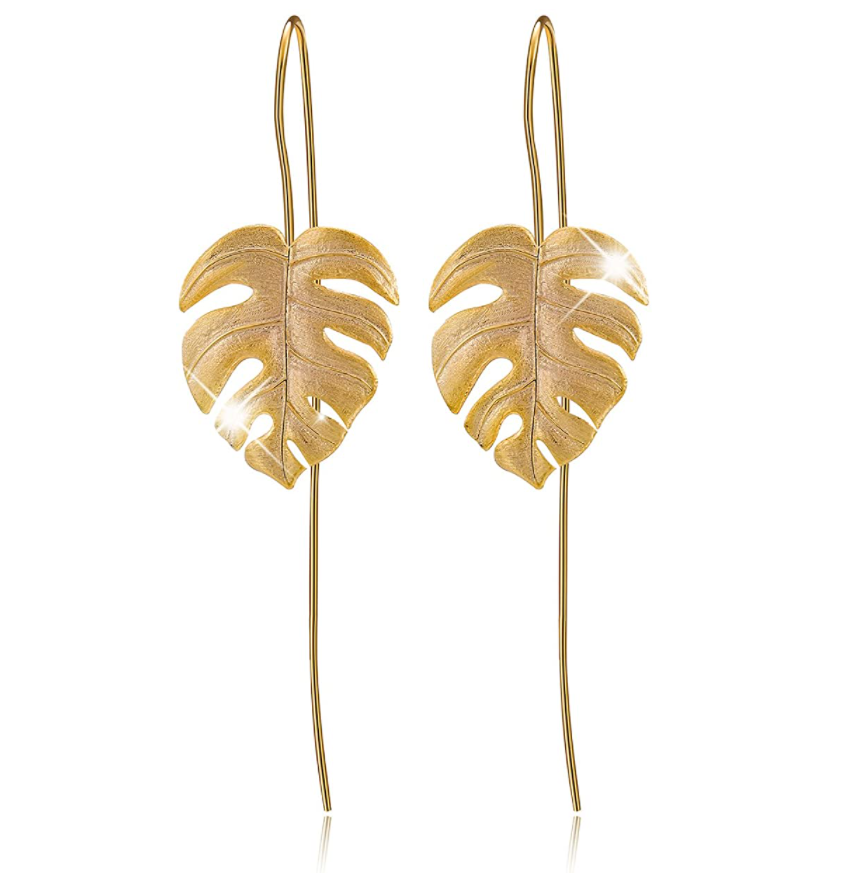Monstera Deliciosa Care [Soil, Watering, Repotting, Fertilizing]
Here’s the guide you’ve been looking for on how to care for Monstera deliciosa! I cover all the horticultural bases: light, soil, water, and fertilizer. How to repot Monstera is covered in the video. So let’s get down to all things Monstera.
[This post contains affiliate links. Click here to read my full disclosure.]
Monstera deliciosa is a botanical and design icon due to its statement-making leaves. Photogenic foliage has made this tropical plant an internet star with its strange and beautiful holes, monster-sized leaves, and deep green tropical appearance.
Monsteras may look like hot house exotics, but they’re actually quite down to earth when it comes to growing and caring for them. They’re great plants for beginners and can be grown to impressive size with minimal skill and fuss.
We see them unfurling all over social media both in houseplant circles and in heavy rotation as a green interior design accessory.
Want to know how to grow one of these beauties for yourself? I’ll show you how. So let’s explore this wild and wonderful tropical plant together.
For your reading convenience, this post is divided into 3 parts:
Monstera characteristics (it’s NOT a Split Leaf Philodendron, and how to tell the difference)
How to care for your Monstera - soil, water, light, fertilizer
Design tips for making Monstera a beautiful part of your home décor
An introduction to Monstera deliciosa - a tropical Aroid
Monstera deliciosa is part of the large tropical plant family Araceae, collectively called Aroids, which includes Philodendrons, Anthuriums, Caladiums, and many other popular indoor plants. It’s native to tropical forests of Central America and southern Mexico.
Monstera is a fast growing broadleaf vine that can grow up to 70’ in a tropical environment. It has a thick stem that produces numerous tentacle-like aerial roots in addition to it’s large, deeply lobed leaves.
These Monsteras rule the roost between their huge leaves and impressive aerial roots in the beautiful Berlin apartment of digital creator Theodora Melnik. Image |@______theo via Instagram
The name Monstera is Latin for abnormal because of it’s strange and beautiful perforated leaves, and deliciosa due to it’s fruit which is supposed to be, well, delicious, apparently similar to some combo of banana, guava, and pineapple.
A common name is Swiss Cheese plant, but I’ve never heard anyone use it other than in writing. I suspect because Monstera deliciosa is a much more fun name (and one of the few Latin plant names that are easy to remember)!
SHOP THE LOOK
[Want more helpful plant tips and design inspo? Let's hang out on Instagram!]
Monstera deliciosa vs. Split Leaf Philodendron
Monstera is very often confused with another member of Araceae, the Split Leaf Philodendron, or Thaumatophyllum bipinnatifidum (previously known as Philodendron bipinnatifidum - botanists are fond of reclassifying plants).
Once you familiarize yourself with the differences between their foliage though, you probably won’t confuse them again. The easiest way to distinguish them is that Monstera has what are called leaf fenestrations, which are holes within the leaves.
Monstera leaves’ claim to fame are interesting holes in the middle of their leaves called “fenestrations” as well as the deep lobes that develop from the edges of the leaf margin. It’s believed they evolved this way to let light and wind through. Photo by Stanislav Kondratiev from Pexels
This is different from Split Leaf Philodendron which has very deeply lobed leaves, but no fenestrations like Monstera.
Another difference is that Monstera leaves are heart-shaped and Split Leaf Philodendron’s foliage is very triangular by comparison. Take a look at the two plants below side by side. (Click for larger images)
Monstera deliciosa - heart-shaped leaves with fenestrations. Image by KarlDarcie from Pixabay
Split-Leaf Philodendron - triangular leaves with deep lobes but no fenestrations. Image by Hans Braxmeier from Pixabay
Monstera foliage - juvenile vs. mature
There’s one more important point to know about Monstera foliage - it also has both juvenile and mature foliage. Juvenile Monstera foliage is heart-shaped with no lobes or fenestrations and is much smaller than mature foliage.
The mature foliage is the iconic leaf we know and love; large and widely heart-shaped (up to two feet in the wild) with deep lobes and fenestrations.
It’s believed Monstera evolved this way to let light through to the lower foliage and wind through so the leaves are less likely to tear.
Mature Monstera foliage has holes in the leaves called fenestrations as well as deep lobes on the leaf margins. The juvenile foliage is much smaller and narrow with no lobes. Botanists call this an “entire leaf margin” meaning the leaf edge is smooth. Photo by Leah Kelley from Pexels
How to care for your Monstera deliciosa - light, soil, water, repotting, fertilizer
Soil
Monstera can tolerate any rich, well-draining indoor potting mix. A peat-based media with some perlite mixed in works well. Size up the pot to promote more growth and larger leaf size.
Water
I always let soil start to dry out in my plants before watering, including Monstera. Overwatering causes a lot more harm than underwatering. Conditions vary, but watering about 1x/week will generally work. That being said, Monstera will forgive you for watering too much or too little within reason.
Monstera are tropical plants and so they benefit from humidity and will appreciate misting or humidifiers. The leaf edges can turn brown if humidity is too low. Avoid placing your Monstera next to a heater vent during winter months since they can be drying.
Since I don’t have a humidifier, I like to hose down my plants once in a while when I water. I put them in the sink or shower and run water all over them. It cleans and hydrates the foliage and gives the plant a really thorough watering.
Light
Monstera are understory plants, meaning they live below the rain forest canopy. This means they like indirect, filtered light and not direct sun.
I learned the hard way - I burned the foliage on mine last fall-winter because the sun was coming into the window at a slanted angle and so it was hitting my Monstera directly. Monstera foliage turns yellow when exposed to too much sun, and that’s exactly what mine did.
I had to move it away from the window for fall and winter. Now that it’s summer, the sun’s angle is overhead and so it doesn’t burn the plant.
My Monstera’s yellow discoloration is from too much direct sunlight. On a happier note, I was surprised how quickly the leaves began to fenestrate. Image | Greenhouse Studio
Fertilizer
Foliage plants like Monstera will reward you with bigger and better leaves when they have regular applications of high nitrogen fertilizer.
The most common plant fertilizers have a combination of Nitrogen, (N) Phosphorus, (P) and Potassium (K). This is represented on the product label as “N-P-K” with 3 associated numbers next to it indicating the ratio of each element by weight.
Nitrogen is responsible mainly for greening and the overall shoot growth of the plant, what commercial growers call “vegetative growth,” i.e. non-flowering (reproductive) growth.
Phosphorus is responsible for root formation, flowering, and setting seed
Potassium is important for plant cellular function and regulation
We grow Monsteras for foliage rather than flowers. (Although they’re grown for their tasty fruit elsewhere.) For this reason we want a fertilizer with a higher ratio of nitrogen compared to phosphorus and potassium. The ideal N:P:K ratio should be 3:1:2 or 3:1:3.
So if buying a fertilizer specifically for your Monstera (or foliage plants in general) then look for similar ratios. Different ratios won’t hurt it, but a high nitrogen fertilizer is ideal for fabulous foliage.
Fertilize during the growing season - spring and summer.
Growth habit
Don’t forget Monstera is a vine and so it will benefit from a support pole and reward you with larger foliage as a result of having a trellis.
I bought the 36” coir-fiber vine pole pictured below (middle image) and am going to transplant my Monstera into a much larger pot along with this support pole, sit back, and watch it grow!
The pole on the right is handy because it comes as a set of 4x 12” poles and you can stack them for a total height of 48” if you want!
Pro Tip: Water your support pole in addition to the soil to promote happy aerial roots that want to attach.
[Related post - Best Indoor Plants For Beginners]
Monstera potting & display tips
Monsteras can eventually grow quite large and take up a lot of space. Put it in a statement planter with a tall pole for a gorgeous, tropical specimen. It can also be kept in a much smaller pot too and pruned if you don’t have room or desire for a home-grown jungle.
If your Monstera is running rampant, prune a couple leaves and display them in your favorite vase. Not only is this a stunning display of minimalist greenery, but the leaves can last for months, making for budget-friendly décor.
[For more ideas like this, check out Design Ideas For Bringing The Outdoors In.]
An impressive Monstera provides a focal point in the charming space of UK based marketing agency, Studio Cotton. Image | @studio.cotton via Instagram
Notice the cute pink and green leafy watercolor on the wall? It inspired me to go beyond Monstera as décor and delve into Monster décor! So below I curated some artwork and accessories for your consideration.
SHOP THE LOOK
Also, I don’t normally spill over into fashion here, but again, I couldn’t resist. I love all three of these items. I searched so hard for a case like the one below when I got my 12 Pro a couple months ago - where were you then cute tropical foliage? I’d absolutely wear the swim suit, and the earrings are on their way to my casa.
SHOP THE LOOK
Watch me repot my Monstera:
These are my tips for growing and displaying Monstera deliciosa as a gorgeous, tropical statement in your home. It’s become a favorite plant and I’m excited to see the leaves mature and how big it grows with time.
If you have any more Monstera questions, leave a comment below and let me know.
[Want more helpful plant tips and design inspo? Let's hang out on Instagram!]
SOURCES
https://edis.ifas.ufl.edu/publication/HS311
https://plants.ces.ncsu.edu/plants/monstera-deliciosa/
https://hort.extension.wisc.edu/articles/split-leaf-philodendron-monstera-deliciosa/
Enjoy the post? Pin it for later!
Please leave a comment/question below and be sure to check back for my response (I always respond) since no notification is sent when a response is posted.
XO,
Tina

